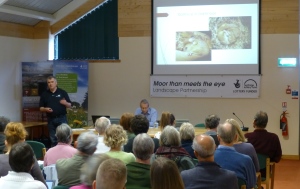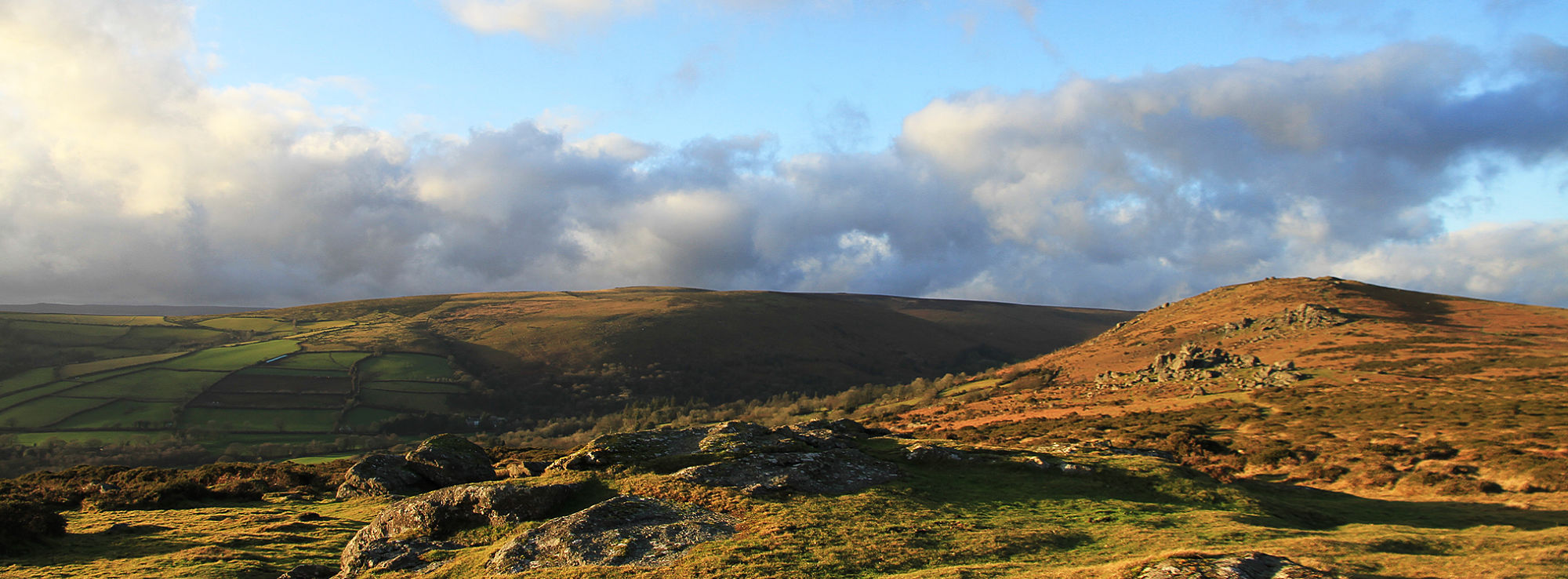 Local wildlife volunteers and leading researchers got a chance to share what they are doing for Dartmoor’s birds, bats and butterflies as the Dartmoor Woodland Festival got off to a great start on Saturday 6th May at the National Park Headquarters at Parke.
Local wildlife volunteers and leading researchers got a chance to share what they are doing for Dartmoor’s birds, bats and butterflies as the Dartmoor Woodland Festival got off to a great start on Saturday 6th May at the National Park Headquarters at Parke.
It began with a day of lectures highlighting local research into the wildlife of our woods. The day showcased the huge range of work that local volunteers get involved in checking nest boxes, counting butterflies and recording all manner of wildlife sightings. This was a chance to hear how all this work feeds into various research projects to build a picture of the state of our wildlife.
“Much of the work is focussed on the National Nature reserve at Yarner Wood which was set up 65 years ago in 1952 to help further scientific research into woodlands”, said Andy Bailey, one of the event organisers, “so it is great to see that it is still being used by scientists and researchers with the help of all these volunteers”
One of the longest running research projects is the study of the pied flycatcher with records going back all the way to the 1950s. These birds fly all the way from West Africa each year to breed in the woods but little is known about the routes they take. This is all changing with the ability to use modern technology to track their journeys which it is hoped will inform further conservation work in the future.
One of the aims of the lecture day was to encourage people who are interested in wildlife to get more involved in conservation. A series of Woodland Festival workshops have been organised looking at birds, butterflies, oak trees and woodland soils with a family day for naturalists of the future. The Woodland Festival has been organised as part of the Moor than meets the eye Landscape Partnership scheme which is helping people to conserve nature and the heritage of Dartmoor. For more information go to www.eastdartmoorwoods.org





